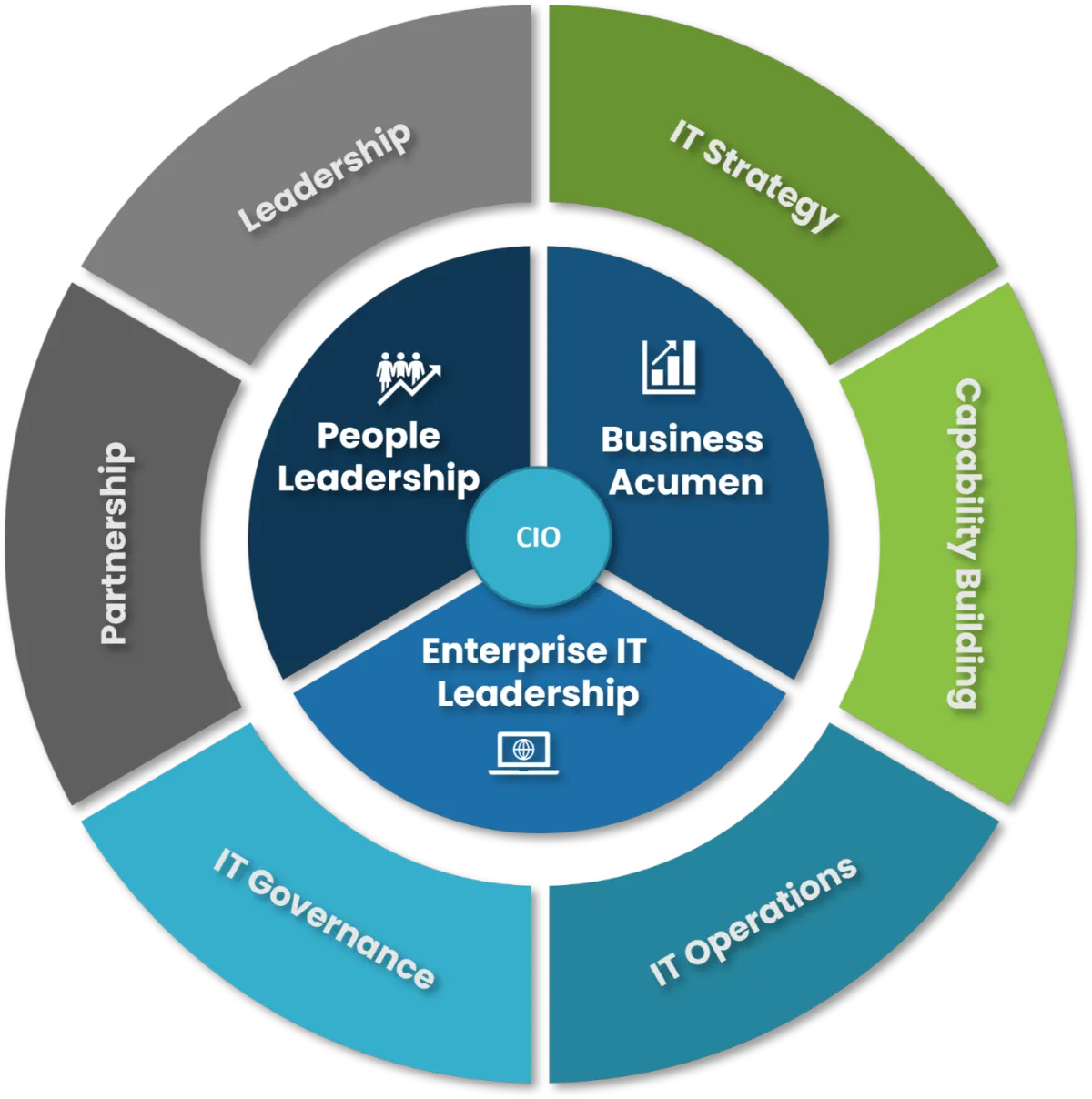Oops! Looks Like You’ve Got the Wrong Link. 😕
Don’t worry—you're not lost! It seems the page you’re looking for doesn’t exist or has moved.
Questions? Contact [email protected]
🔹 Explore our top resources to accelerate your IT & Tech Leadership Growth and Impact:
🚀 FastTrack IT Leadership Career Program – Your roadmap to IT Director, VP & beyond.
📚 Digital Leadership Library – 20+ Premium Courses and Exclusive Community with Advanced Leadership Skills and Technologies
💡 Join Our Free IT Leadership Community – Connect, learn, and grow with like-minded professionals.
👉 Go to Homepage We’re here to help you lead with confidence and make an impact!

1. FastTrack IT Leadership Career Program - Who this course is for:
Ambitious IT Professionals: You're a mid-level tech professional with a solid foundation in your domain. You're ready to step up, take on greater responsibility, and accelerate your path to leadership roles like Director, VP, or even CIO.
Aspiring Leaders: You have the technical skills, but you need to develop the leadership acumen, strategic thinking, and business knowledge to excel in senior management positions.
Those Seeking a Fast Track Career: You're looking for a focused, accelerated program that will equip you with the essential skills and knowledge needed to advance your career quickly.

2. Digital Leadership Library - Courses & Community - Who this is for:
Future Leaders: Prepare for executive roles by developing key competencies in technology-driven business environments.
C-Suite Executives & Vice Presidents: Elevate your strategic influence with advanced digital leadership skills.
Directors & Curren
tLeaders:Mid-Level Career Professionals: Accelerate your path to senior leadership by harnessing cutting-edge digital and strategic insights.
Questions? Contact [email protected]
Disclaimer:
The contents of all our course are provided for educational and informational purposes only. While every effort has been made to ensure the accuracy and effectiveness of the information and strategies shared in this course, they are not guaranteed to produce specific results. Outcomes may vary and depend on multiple factors, including individual effort, prior experience, and application of the course material.
This course is not intended as a substitute for professional advice, and any decisions made or actions taken based on the content of this course are at the sole discretion and responsibility of the participant. We do not assume liability for any direct or indirect losses or damages incurred as a result of using the information provided in this course.
Participation in this course does not guarantee career advancement or improvement in leadership capabilities. It is designed to provide guidance and insights that, when applied, can enhance one’s skills and knowledge in the field of IT leadership.

